
© Gemma Clucas
Penguin ecology in the South Sandwich Islands
The South Sandwich Islands are some of the most remote islands in the world, rarely visited, and incredibly difficult to land on due to the battering waves of the Southern Ocean. I have been lucky enough to visit these islands three times, making me one of the few South Sandwich Island experts! The world’s largest penguin colony is found there, and over 30% of the global population of Chinstrap penguins call these hostile, volcanically active islands home. Despite being such a hotspot for penguins, we have hardly any information about the colonies - what they eat, where they forage, and whether their numbers are stable.
Tom Hart, myself, and our collaborators are working to change this.
In January 2020, we fitted 20 Chinstrap penguins with satellite transmitters so that we could follow them as they foraged. These transmitters can tell us how far offshore they are travelling and whether they are using any particular oceanographic features to find food. The data they send back to us will also allow us to determine whether the proposed expansion of the South Sandwich Island marine protected area is large enough to protect their core foraging range. This work is in collaboration with Phil Trathan at the British Antarctic Survey, the Pew Charitable Trusts, and the Government of South Georgia and the South Sandwich Islands.
I also collected as many faecal samples as I could from the penguins. When combined with DNA metabarcoding, these faecal samples provide a useful, non-invasive method to get a quick snap-shot of what the birds have been eating. My prediction? Krill - their poops were lovely and pink! This aspect of the project is supported by an Antarctic Science Bursary.
My other main focus on this most recent expedition was to help get accurate counts of the nests on each island. We did this by flying a UAV (drone) back and forth over the colonies while taking photos. The photos are then stitched together into an orthomosaic, which is sent over to Heather Lynch’s lab at Stony Brook University where the nests are counted using machine learning.
We were very lucky to have a film crew with us on the expedition, and so watch this space for news of the expedition documentary.
Photo above: Adélie, Chinstrap, and Macaroni penguins nest in the Ashen Hills on Saunders Island. Mount Michael's volcanic plume is visible in the background, while Pelagic Australis sits at anchor in the bay. January 2020.
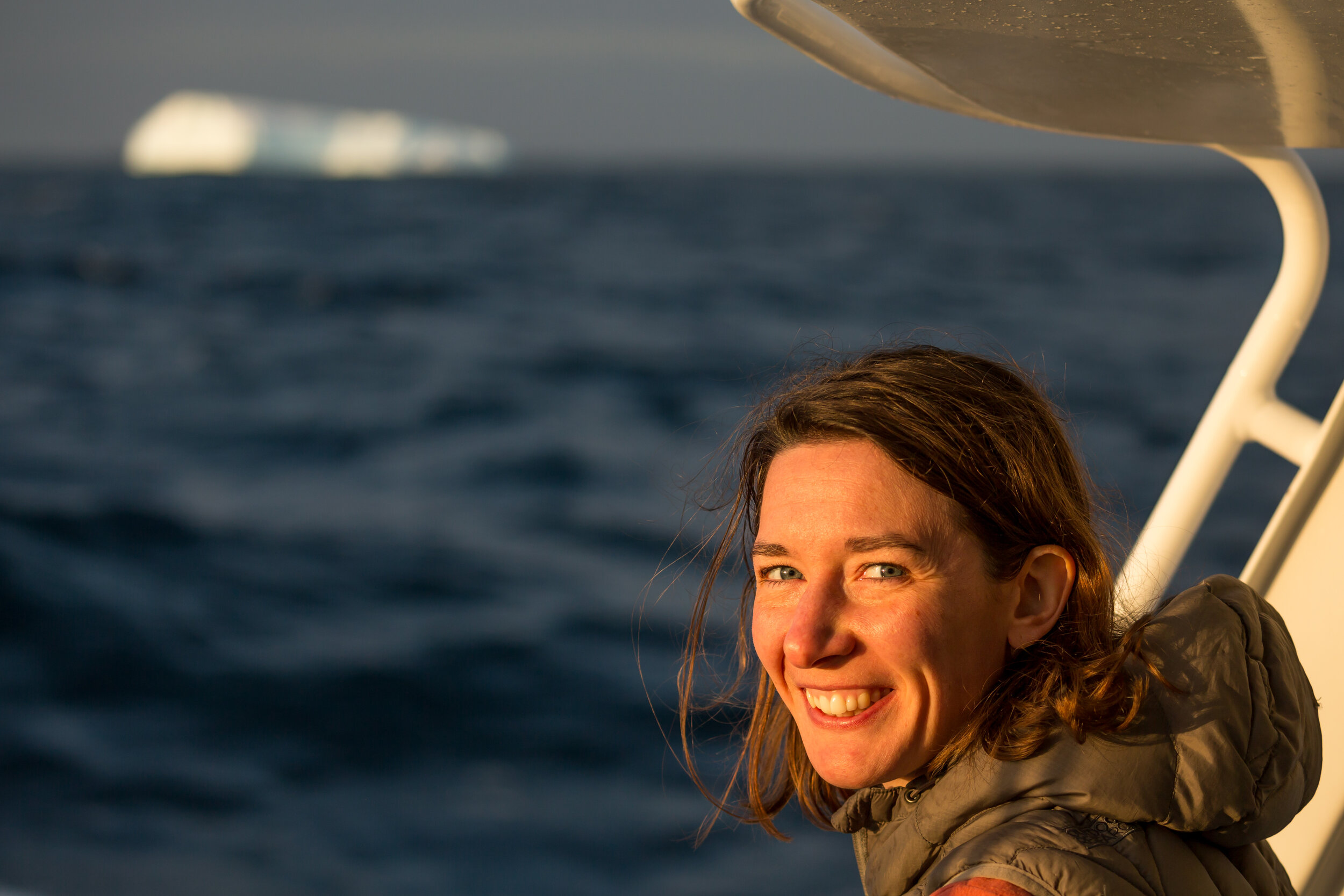
Our first iceberg sighting! Photo by Hamza Yassin.

Gentoo penguins with the yacht, Pelagic Australis, in the background.
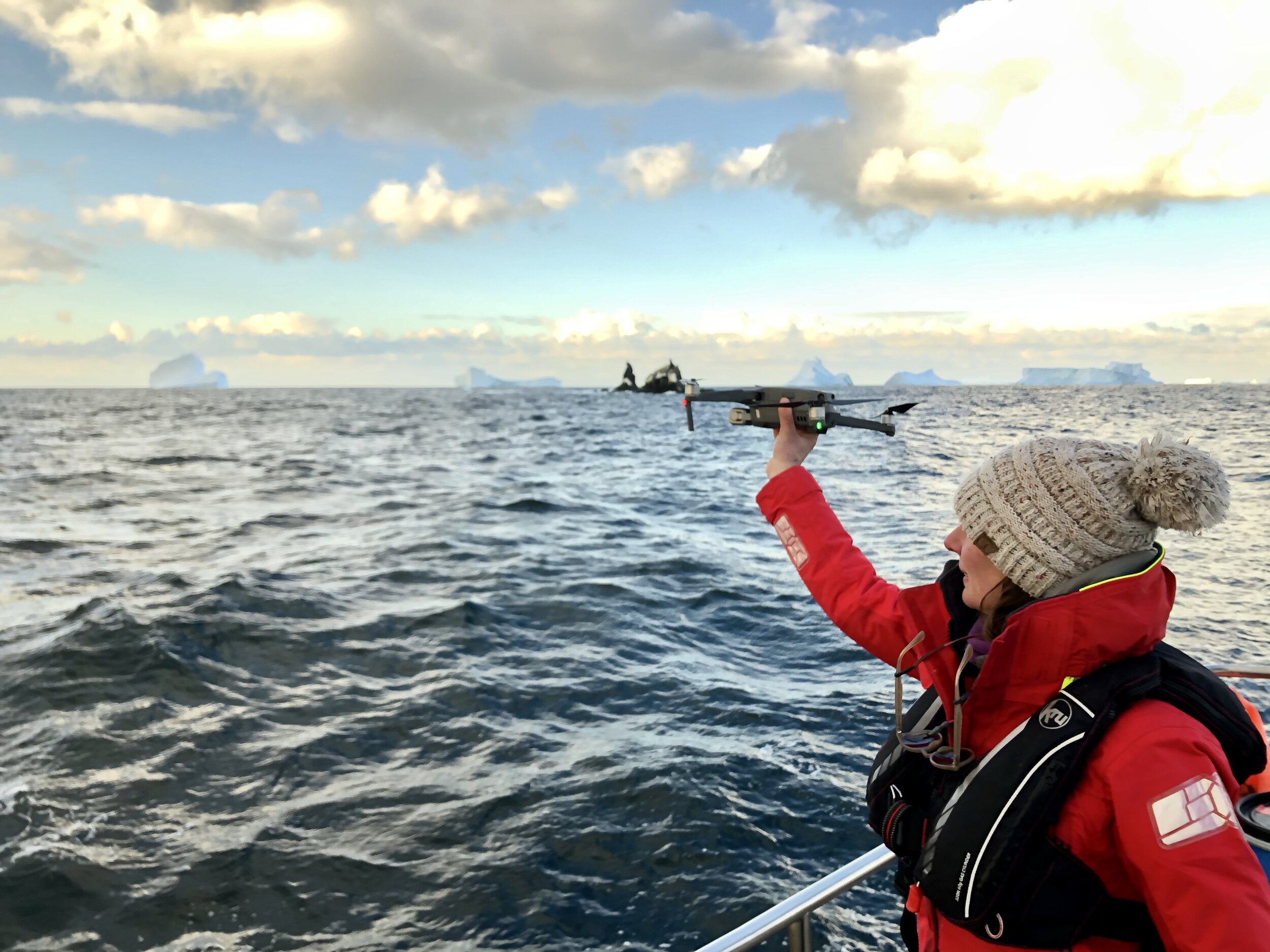
Launching the drone off the yacht is the easy part. Catching it again is much more difficult! Photo by Hamza Yassin.

One of the Chinstrap penguins equipped with its satellite tracker. These will fall off when the birds moult their feathers, so they don't stay on for long enough to cause harm.
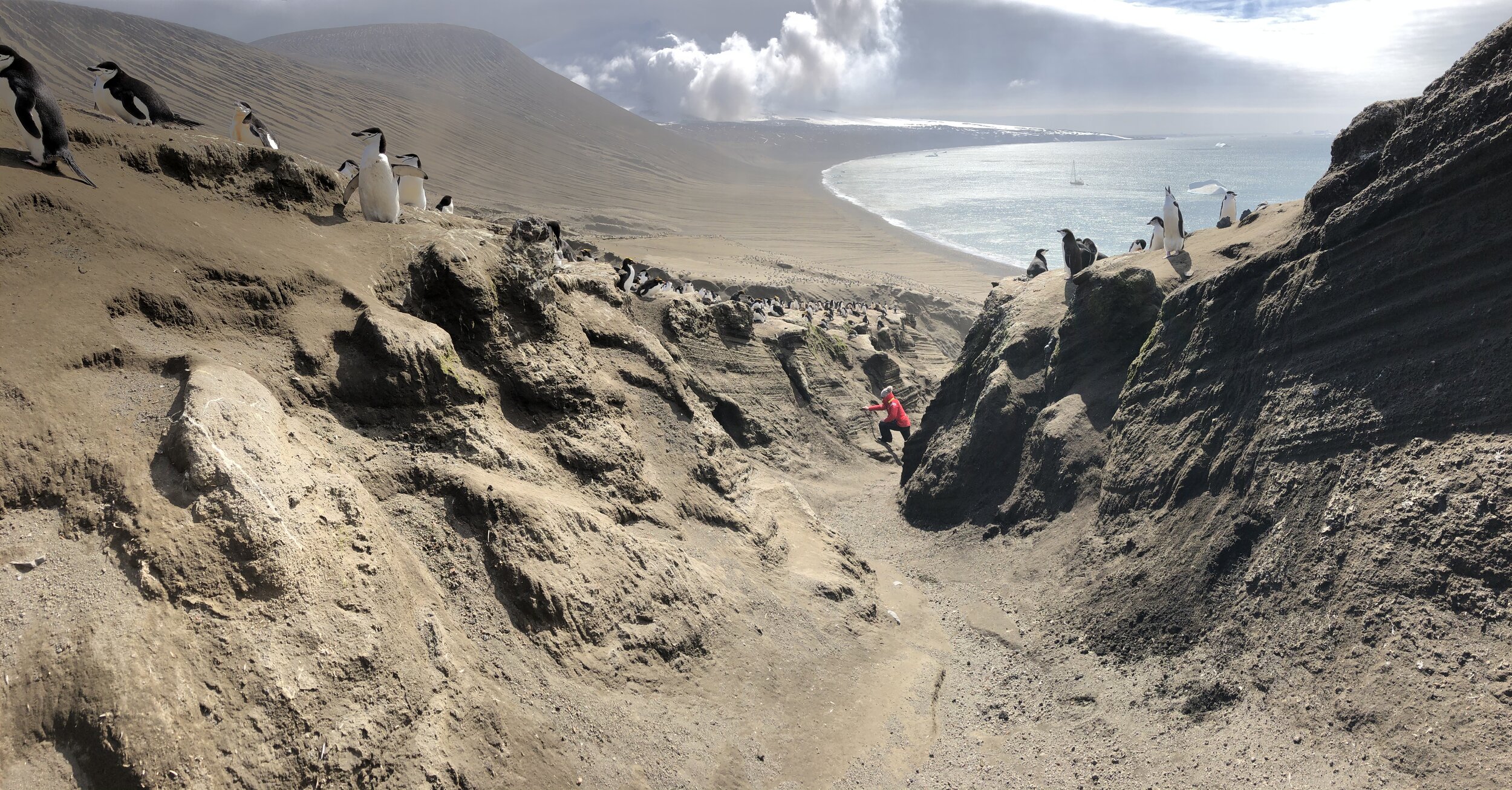
Digging for ancient penguin bones and eggshells buried in the ash of previous eruptions. These can tell us how often the islands have been occupied by penguins and how the diets of the birds have changed over time. Photo by Jo Feldman.
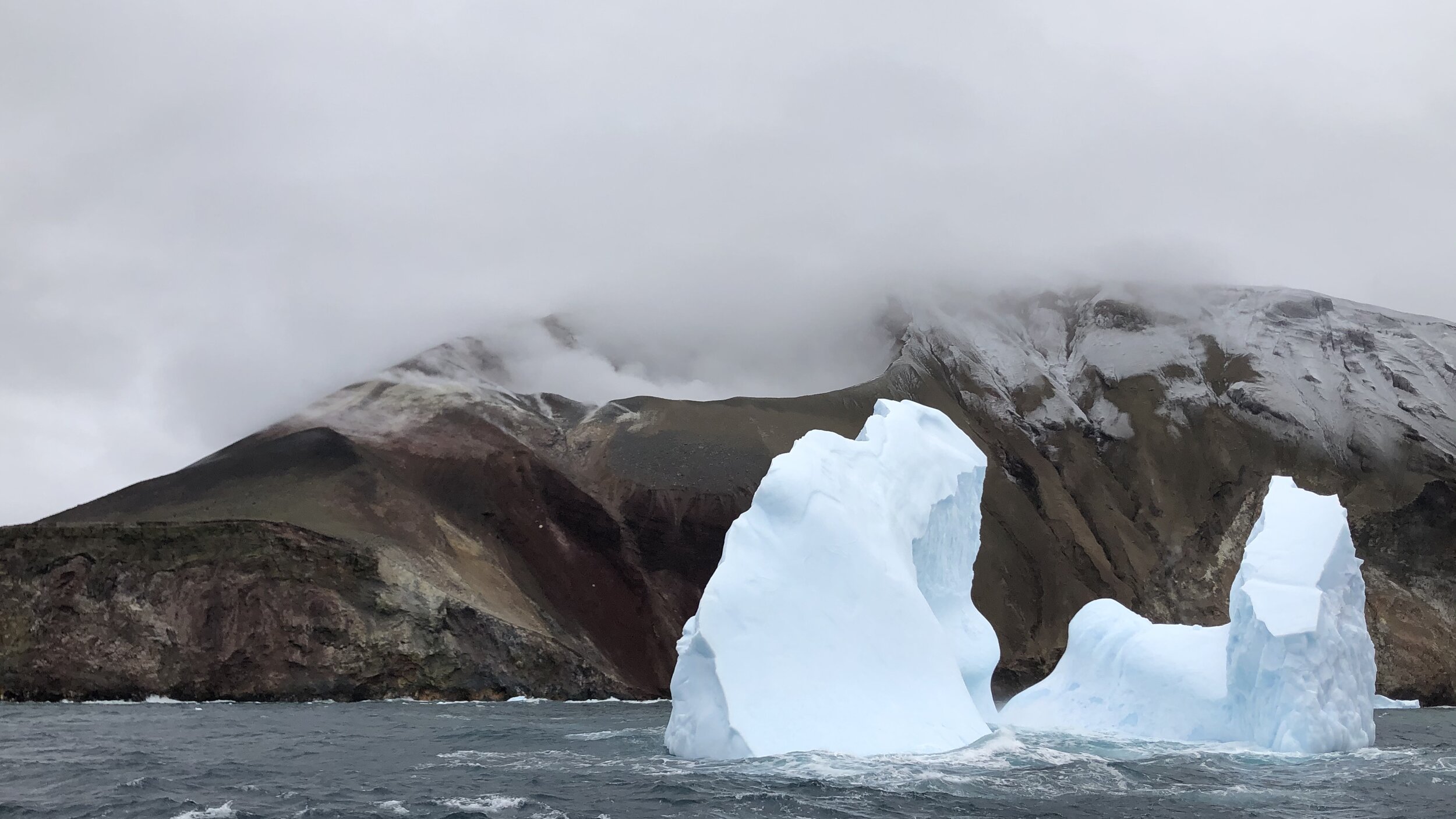
A fuming vent on Zavodovski Island.

I'm pretty sure I had just rolled out of my bunk and straight into my foul weather gear here. Thanks for the photo, Hamza!
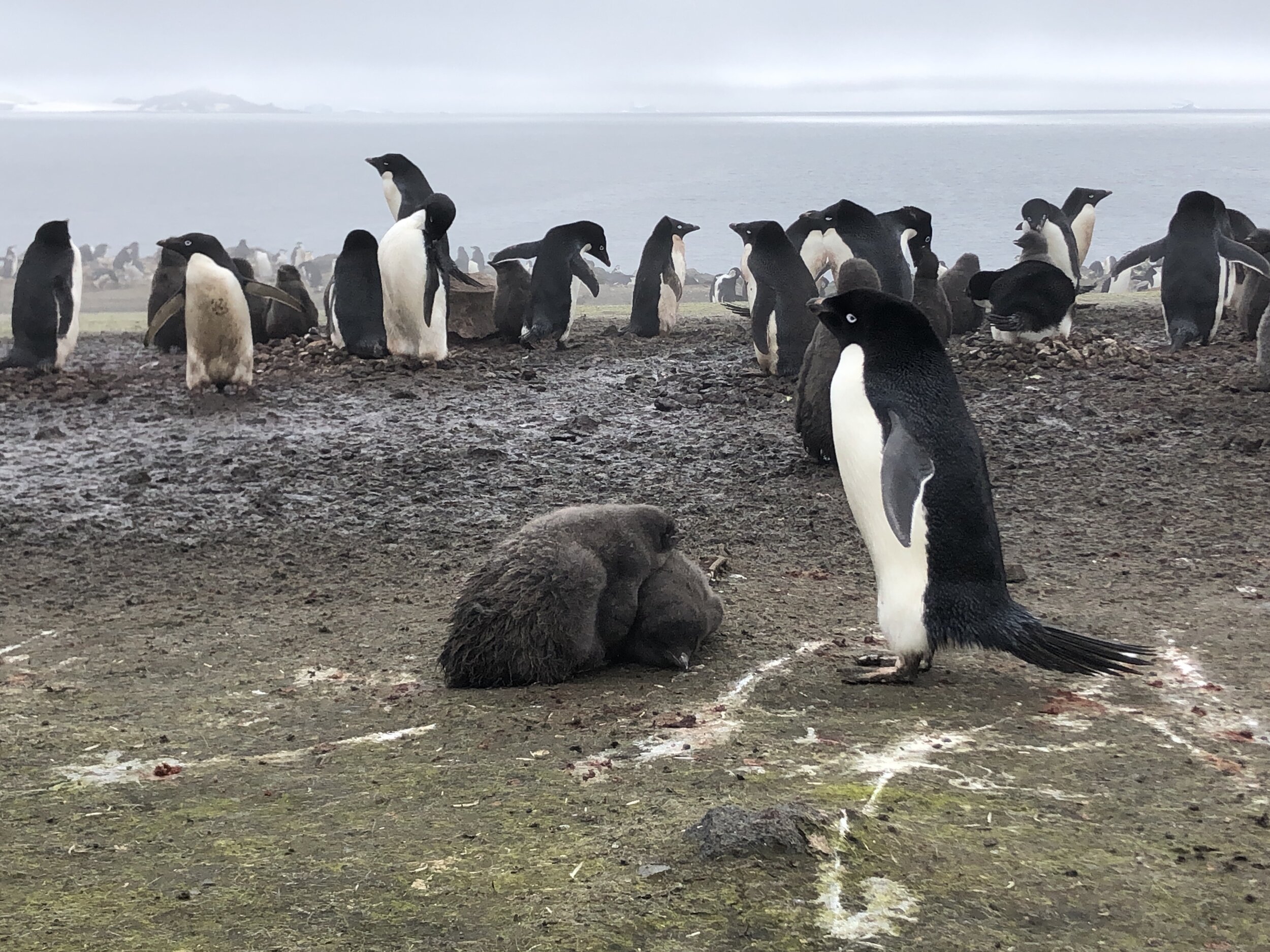
Hewison Point on Thule Island was a bit of a quagmire. But there was no shortage of faecal samples!

Pelagic Australis as seen from the drone. You might just be able to see me at the top of the mast!
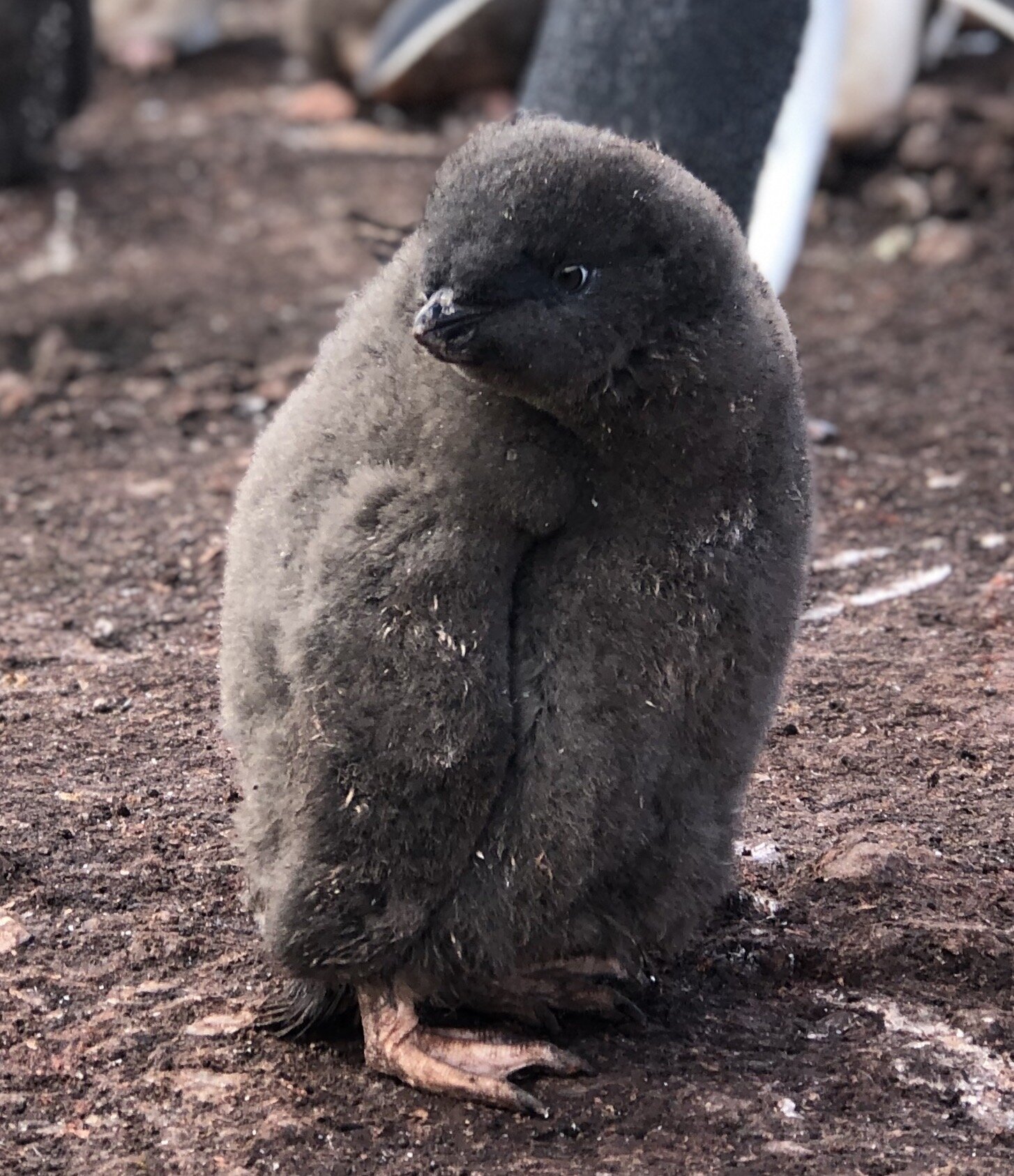
Just a cute Adélie chick

Adélie penguins on a good piece of ice.

Giant petrels rule the roost, and for good reason.
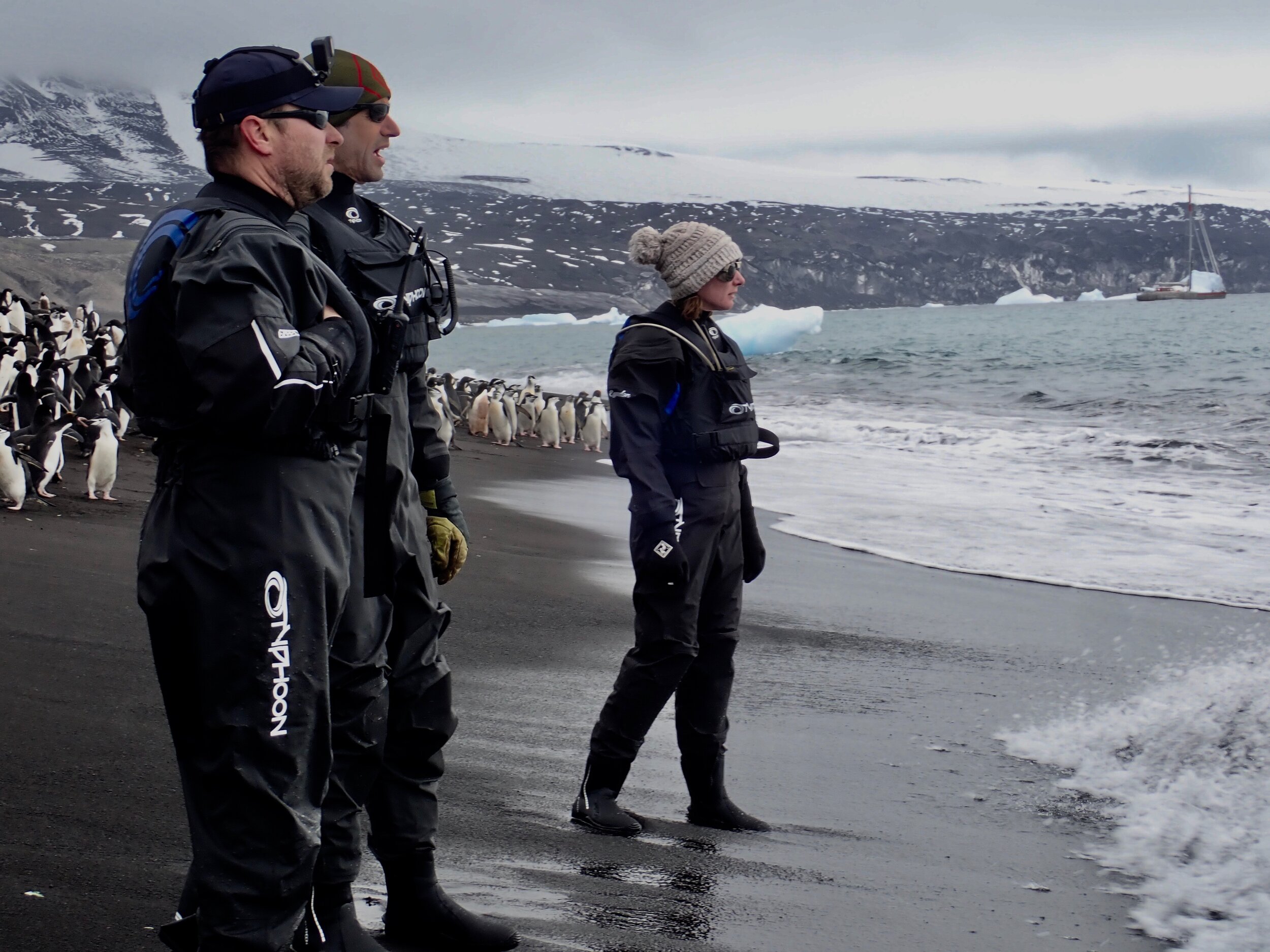
Waiting to grab and spin the zodiac before the next wave comes.
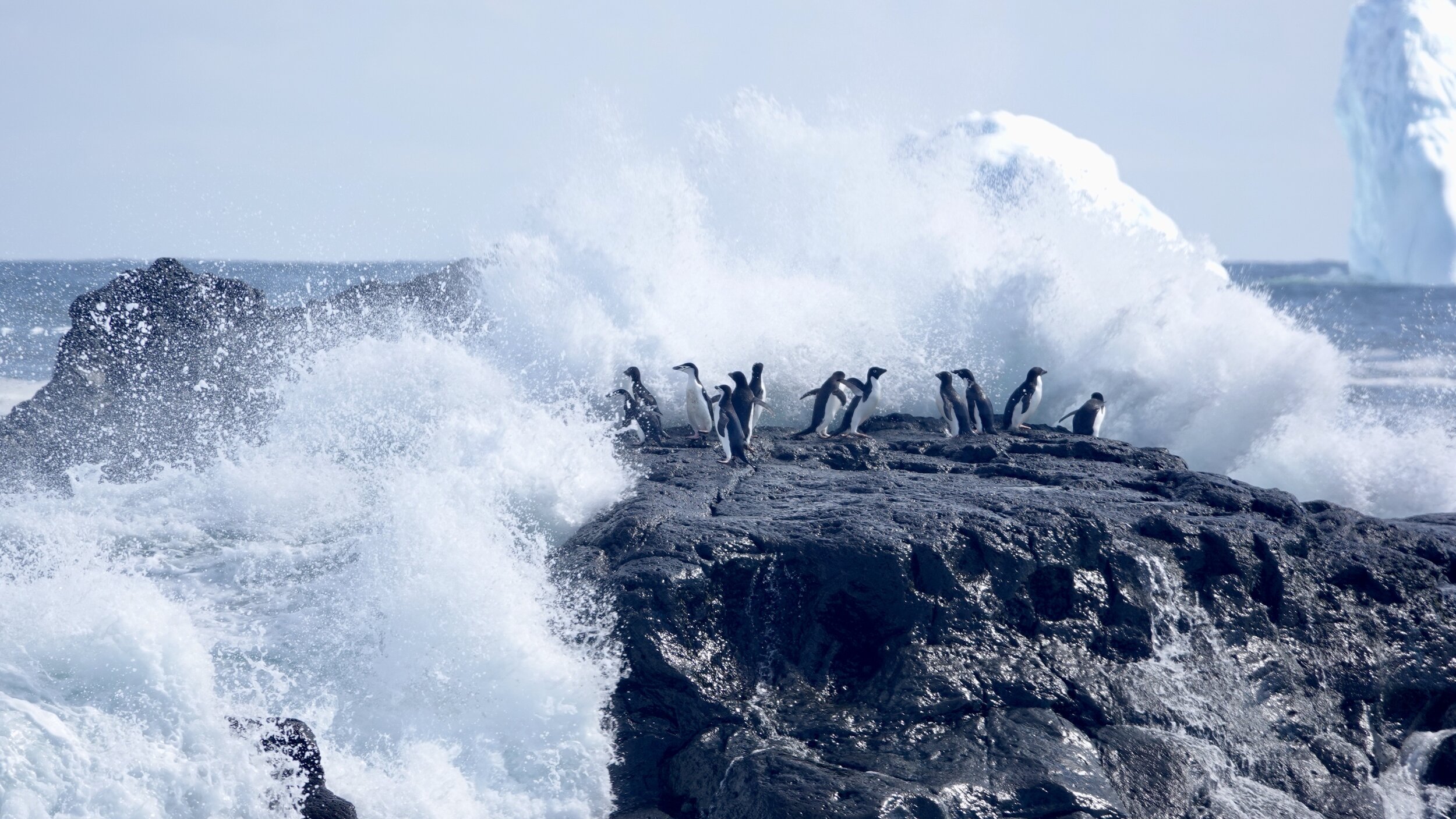
Incoming!
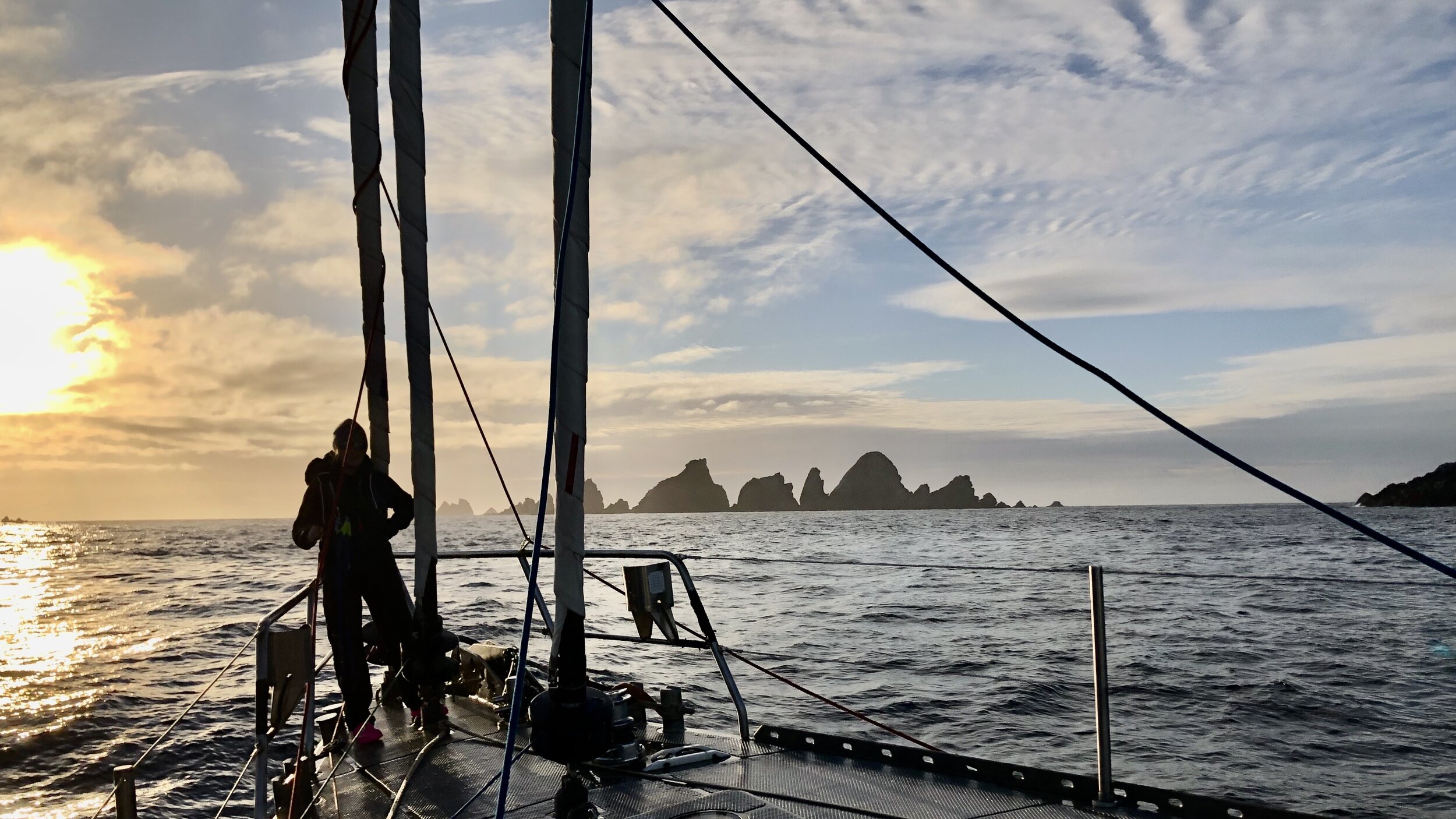
Ruth Peacey on the bow as we approached Clerke Rocks. We surveyed the rocks with the drone as the light faded.